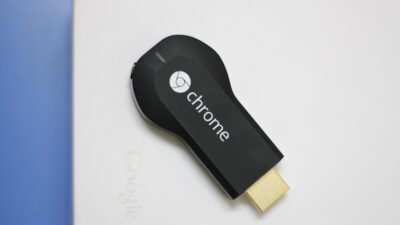In a world where technology permeates every aspect of our lives, health and fitness apps have emerged as essential tools for achieving wellness goals. With thousands of options available, it can be challenging to find the perfect app that aligns with your specific needs and lifestyle. This guide aims to help you navigate the myriad of choices, focusing on different categories, features, and user experiences to help you find your perfect match.
Understanding Your Fitness Goals
Before diving into the app marketplace, take a moment to clarify your health and fitness goals. Do you want to lose weight, gain muscle, improve cardiovascular health, or maintain a healthy lifestyle? Your goals will dictate the type of app best suited for you.
Common Goals:
- Weight Loss: Look for calorie tracking or meal planning apps.
- Muscle Gain: Seek apps focused on strength training and workout plans.
- Improved Endurance: Consider running or cycling apps that offer training programs.
- General Well-being: Explore holistic health apps that offer wellness tips, meditation, and stress management.
Categories of Health and Fitness Apps
-
Workout and Exercise Apps
- Overview: These apps provide guided workouts tailored to different fitness levels. They often include video demonstrations and progress tracking.
- Examples:
- Nike Training Club: Offers a variety of workouts led by professional trainers.
- Fitbod: Tailors strength training sessions based on available equipment and muscle recovery.
-
Nutrition and Meal Planning Apps
- Overview: These apps help users track their caloric intake, plan meals, and offer recipes tailored to dietary preferences.
- Examples:
- MyFitnessPal: A comprehensive app for tracking food and calorie intake, with a vast database of nutritional information.
- Eat This Much: Automatically generates meal plans based on your dietary goals and preferences.
-
Activity Tracking Apps
- Overview: These apps focus on logging daily activities, providing insights into movement patterns and sedentary behavior.
- Examples:
- Strava: Ideal for runners and cyclists, Strava tracks workouts and connects users through community features.
- Google Fit: A simple way to track various activities, integrating with other devices and apps for a holistic view of your health.
-
Mental Health and Wellness Apps
- Overview: These apps focus on mental well-being, offering meditation, mindfulness exercises, and stress management resources.
- Examples:
- Headspace: Provides guided meditations and mindfulness exercises to improve mental health.
- Calm: Focuses on meditation, sleep stories, and relaxation techniques.
- Fitness Communities and Social Apps
- Overview: These apps provide platforms for users to connect, share experiences, and motivate one another.
- Examples:
- Facebook Groups or Strava Clubs: Engage in community challenges and share progress with like-minded individuals.
- Fitocracy: Offers a gamified experience to workout routines, allowing users to earn points and engage with a supportive community.
Key Features to Look For
-
User Interface
- An intuitive and easy-to-navigate interface enhances usability. Look for apps that allow for quick data entry and minimal distractions.
-
Customization
- The best apps offer personalized experiences based on individual needs and goals. Look for customization options in workout plans, meal tracking, and reminders.
-
Data Tracking and Integration
- Ability to sync with other devices (like wearables) or apps (like music services) can enhance your experience.
-
Education and Resources
- Look for apps that include educational materials, tips, or expert advice. These can help you understand your journey and foster long-term habits.
- Social Features
- If community engagement motivates you, choose apps that offer social sharing features with friends or support groups.
Budgeting: Free vs. Paid Apps
Many fitness and health apps offer free basic versions, but these may have limited features. Paid subscriptions often provide access to advanced functionalities, personalized coaching, or ad-free experiences. Weigh the costs against your commitment and the inherent value of the features to make an informed choice.
Final Thoughts: Find Your Perfect Match
The journey to health and fitness should be rewarding and enjoyable, not overwhelming. With the right app by your side, you’ll have the tools necessary to stay motivated, track progress, and achieve your health goals. Test out a few options using free trials, read user reviews, and don’t hesitate to switch if an app doesn’t fit your needs.
Finding your perfect match in the world of health and fitness apps can unlock your potential and set you on a clear path to a healthier lifestyle. Embrace the technology at your fingertips and start your journey today!



